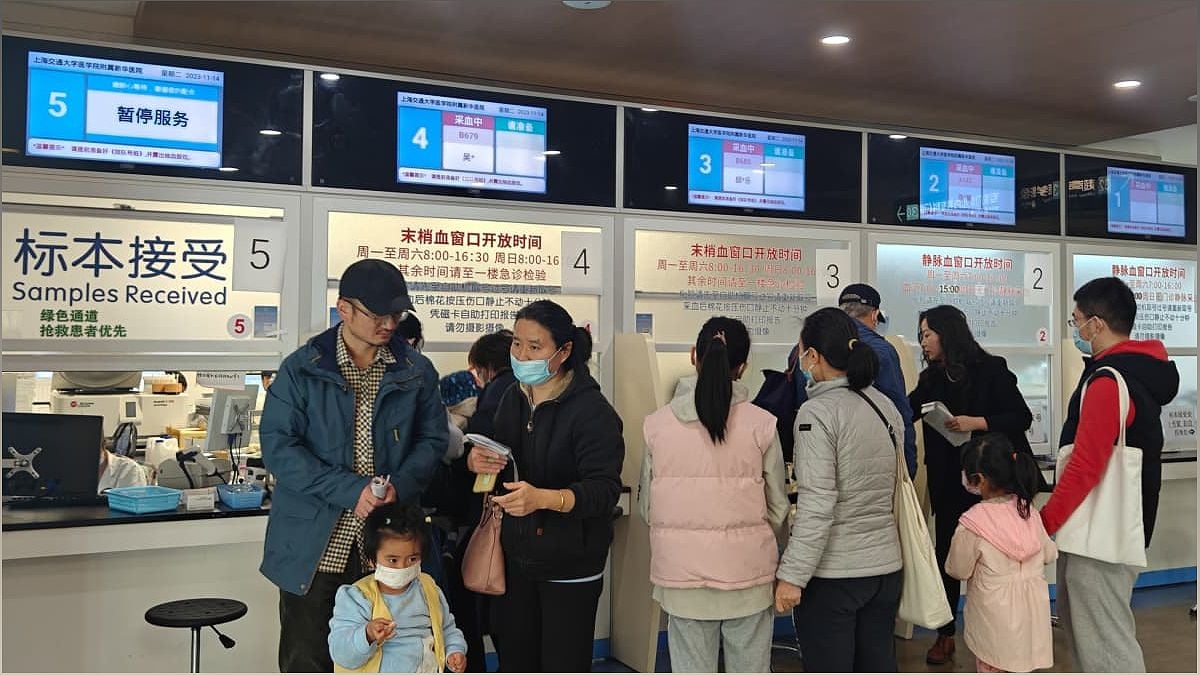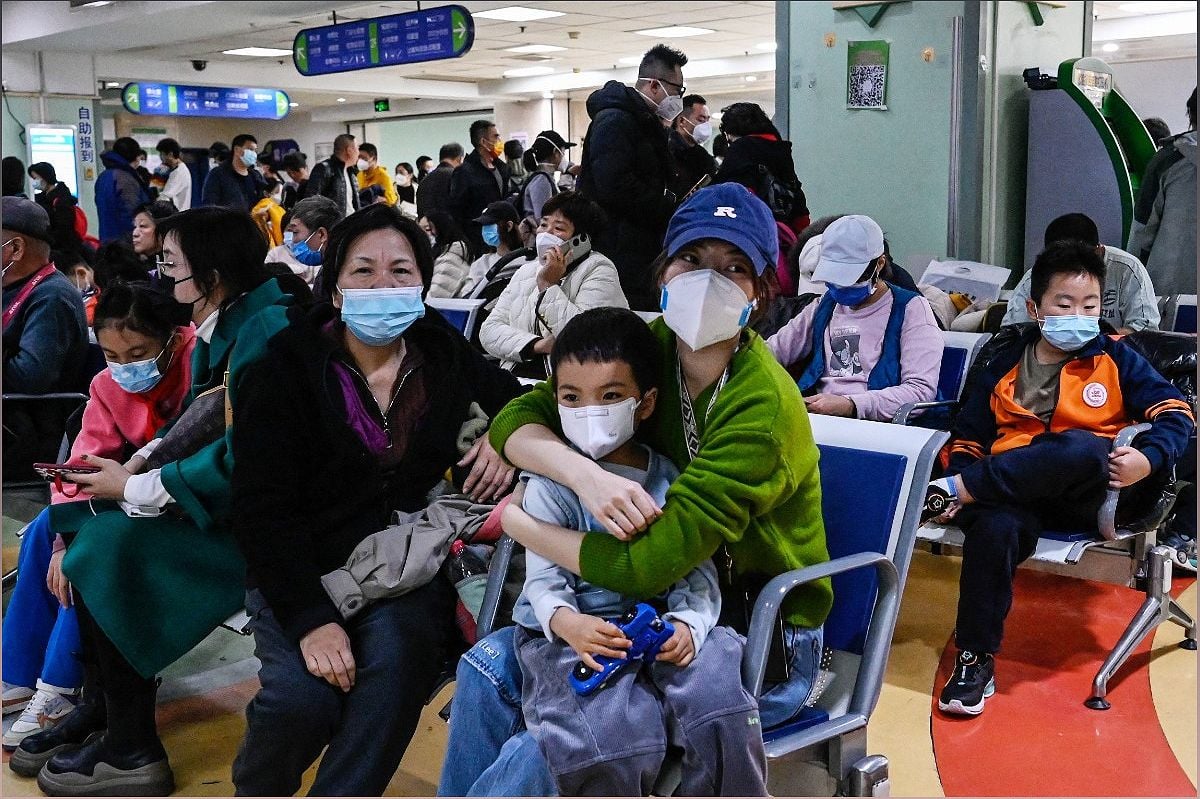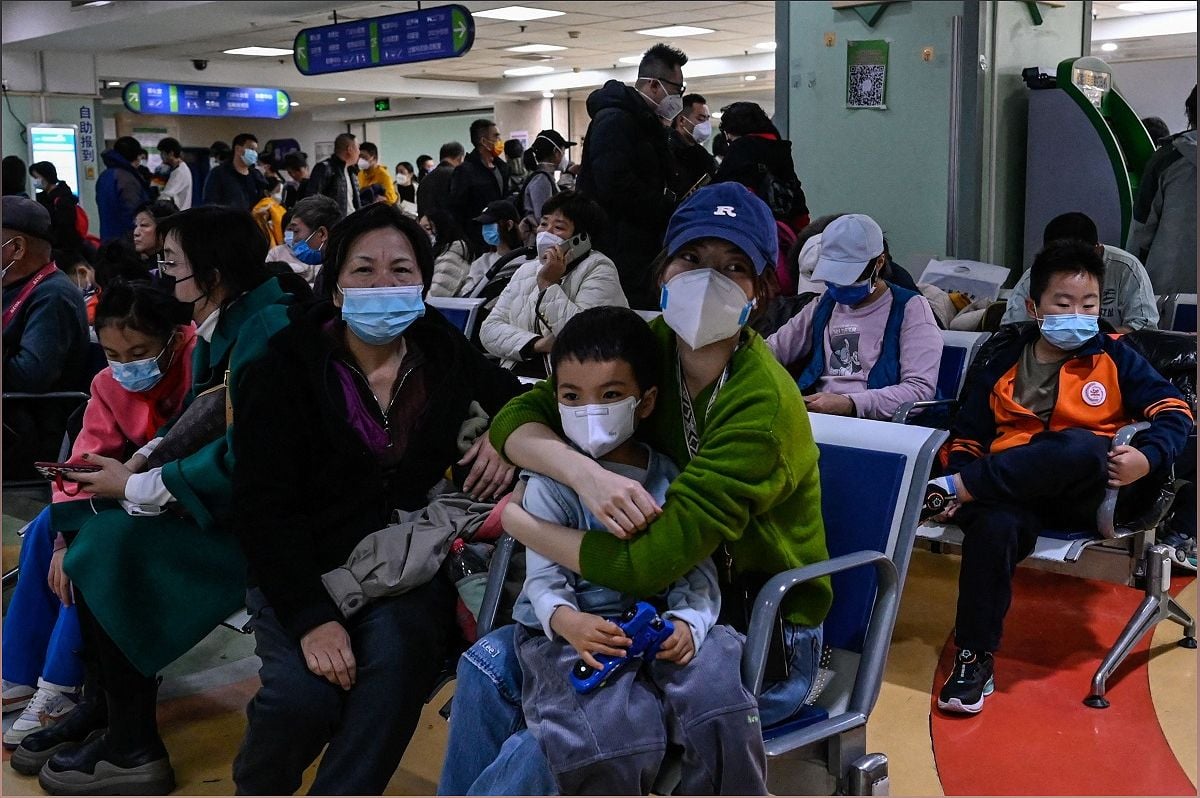Boosting Winter Health: China Urges Increase in Fever Clinics
As winter sets in, China is experiencing a surge in respiratory illnesses, prompting the country’s health ministry to call for an increase in fever clinics. In this article, we will explore the efforts being made to address this issue and the potential factors contributing to the rise in cases. Stay informed about the measures being taken to combat the spread of respiratory illnesses in China’s first full winter since easing COVID-19 restrictions.
Respiratory Illness Surge in China
Understanding the current surge in respiratory illnesses during winter in China
China is currently experiencing a significant surge in respiratory illnesses as winter arrives. This surge has prompted the country’s health ministry to take action and call for an increase in fever clinics. But what exactly is causing this rise in respiratory illnesses?

One possible explanation is the simultaneous circulation of various pathogens, with influenza being the most prominent. The State Council has warned that influenza will peak during the winter and spring, while mycoplasma pneumoniae infection will remain high in certain areas. Additionally, there is a risk of a rebound in COVID-19 infections.
Efforts are being made to combat the spread of respiratory illnesses by increasing the number of relevant clinics and treatment areas, extending service hours, and ensuring an adequate supply of drugs. Effective epidemic prevention and control measures are also being implemented in crowded places such as schools, childcare institutions, and nursing homes.

Transparency Concerns and WHO’s Response
Exploring the transparency concerns during the early stages of the pandemic and the WHO’s response
During the early stages of the pandemic, China and the World Health Organization (WHO) faced questions about the transparency of reporting. However, the WHO has stated that no new or unusual pathogens have been found in the recent surge of respiratory illnesses.
The global concern regarding the transparency of reporting was heightened when the WHO requested more information from China after a report on clusters of undiagnosed pneumonia in children. It is crucial to emphasize the importance of timely and accurate reporting of infectious diseases, as highlighted by the State Council.

Addressing the Surge: Measures Taken
Understanding the measures being taken to address the surge in respiratory illnesses
In response to the surge in respiratory illnesses, China’s health ministry has called for an increase in fever clinics. These clinics play a crucial role in diagnosing and treating patients with respiratory symptoms, ensuring timely care and preventing the further spread of infections.
Efforts are also being made to increase the number of treatment areas and extend service hours to accommodate the high number of cases, particularly among children in northern areas like Beijing and Liaoning province. However, the long wait times in hospitals highlight the need for additional resources and healthcare infrastructure.
Furthermore, it is essential to implement effective epidemic prevention and control measures in crowded places such as schools, childcare institutions, and nursing homes. This includes promoting good hygiene practices, ensuring proper ventilation, and enforcing social distancing measures.
The Role of Influenza and Other Pathogens
Understanding the role of influenza and other pathogens in the surge of respiratory illnesses
One of the primary factors contributing to the surge in respiratory illnesses is the circulation of various pathogens, with influenza being the most prominent. The State Council has warned that influenza will peak during the winter and spring, posing a significant health risk.
Additionally, mycoplasma pneumoniae infection remains high in certain areas, further adding to the burden of respiratory illnesses. It is crucial to address these known pathogens and implement appropriate prevention and treatment strategies to mitigate the impact on public health.
